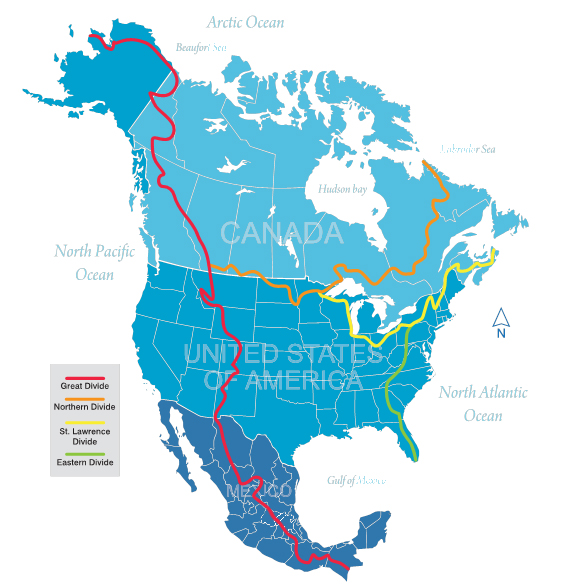
Monitoring the water quality in watersheds is important to maintain or achieve a healthy aquatic ecosystem. The standard for measuring the water quality in watersheds is the Water Quality Index, or WQI. It consists of nine different tests: temperature, pH, turbidity, total solids, dissolved oxygen, biochemical oxygen demand, phosphates, nitrate, and fecal coliform.
A watershed is made of a large area of land where all the water flows and feeds into the same place — a common waterway. Examples of common waterways are: streams, lakes, estuaries, aquifers, wetlands, rivers and oceans. Within the watershed, there are water systems. A water system originates at the source, which may be spring water coming out of the ground or snow melting. The water at the source will flow downwards creating a small stream. Several small streams may combine to form a larger stream, and several streams will flow to form a river, which will eventually reach the sea.
This water quality assessment kit includes the following tests:
- Temperature
- pH
- Turbidity
- Dissolved Oxygen
- Phosphates
- Nitrates
- Alkalinity
*note that Alkalinity is not used for calculating the water quality index, but is still an important measure of the quality of the water
Important note: this is not the official water quality index, but an adapted calculation that accounts for the missing measurements needed for the actual calculation. While we can use the approximated value to gain comparative insight about the quality of the water we are testing, we cannot use our value to compare it with any official reported water quality index value.




































